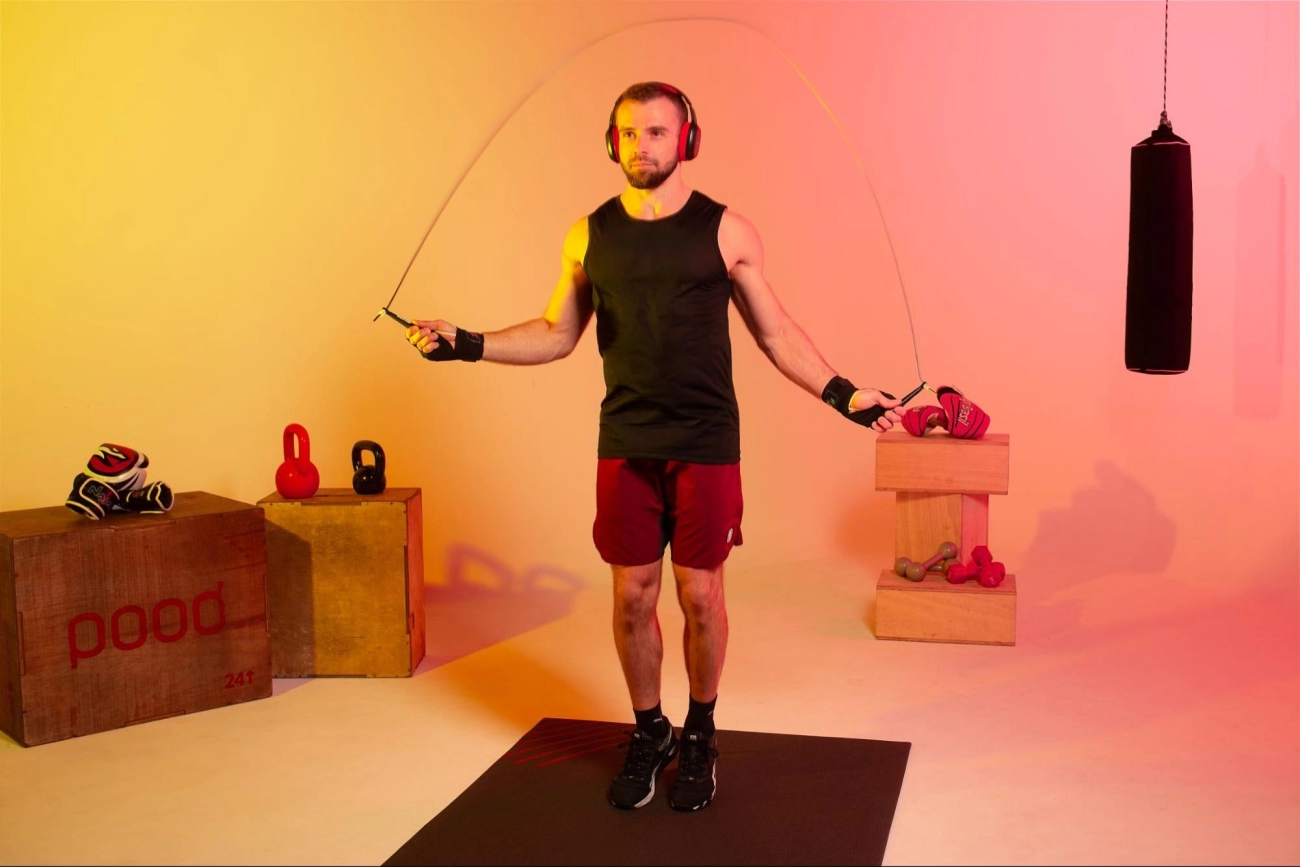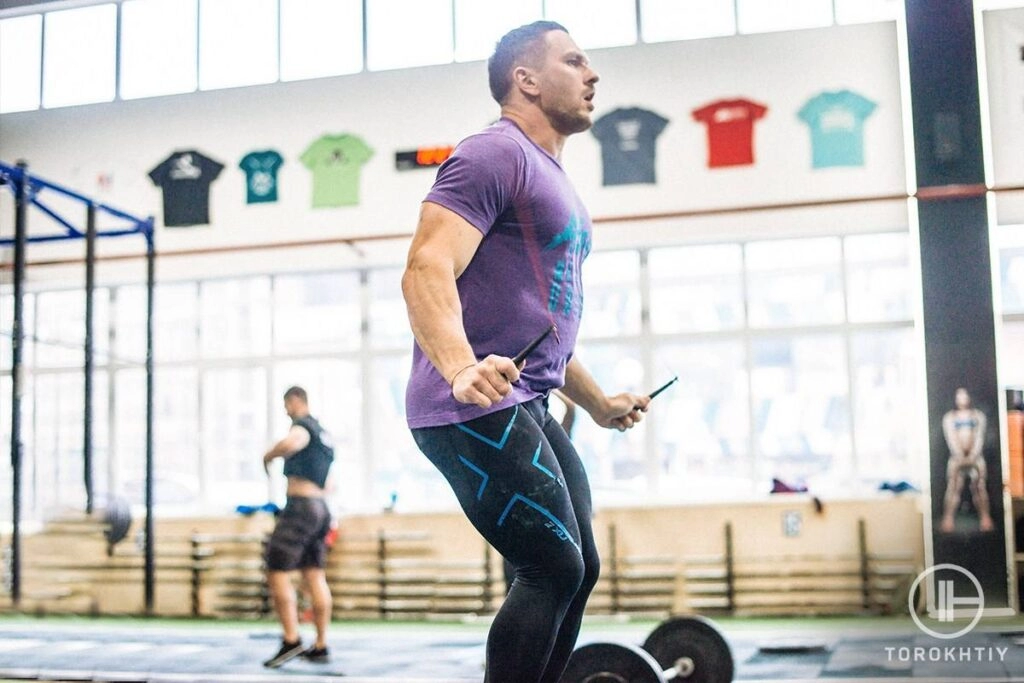The Purpose of Jump Roping in Boxing Training
Jump roping is a fundamental boxing exercise that provides multiple benefits, making it a staple in boxing jump rope workouts. Why do boxers jump rope daily? The answer lies in how this simple tool enhances every aspect of a fighter’s performance.
Enhancing Footwork and Agility
One of the primary reasons boxers use jump ropes is to improve footwork and agility. Quick, precise foot movement is essential for offense and defense in the ring. Jump rope footwork drills condition your legs to move lightly and fast, helping you dodge punches and stay balanced during rapid shifts in direction.
Improving Cardiovascular Endurance
Boxing demands high levels of cardiovascular fitness. Regular jump rope training for boxers boosts cardiovascular endurance by elevating heart rate while maintaining an active pace. This helps boxers stay energized and maintain explosive power throughout rounds without gasping for breath.
Boosting Coordination and Timing
Jump roping is more than just moving your feet; it requires coordination between the hands and eyes—essential skills in boxing. Working on rhythm and timing with a jump rope trains your brain and body to sync movements, improving punch accuracy and overall boxing technique.
Building Muscular Endurance and Strength
Jump rope exercises engage various muscle groups, especially in the calves, thighs, shoulders, and core. This dynamic movement helps build muscular endurance and strength, allowing boxers to stay on their feet longer, generate more power in punches, and reduce the risk of injury from fatigue.
By incorporating jump rope training for boxers consistently, you develop the core physical and technical skills that define great fighters. It’s a cost-effective, efficient way to sharpen your boxing abilities from the ground up.
Physical Benefits of Jump Roping for Boxers
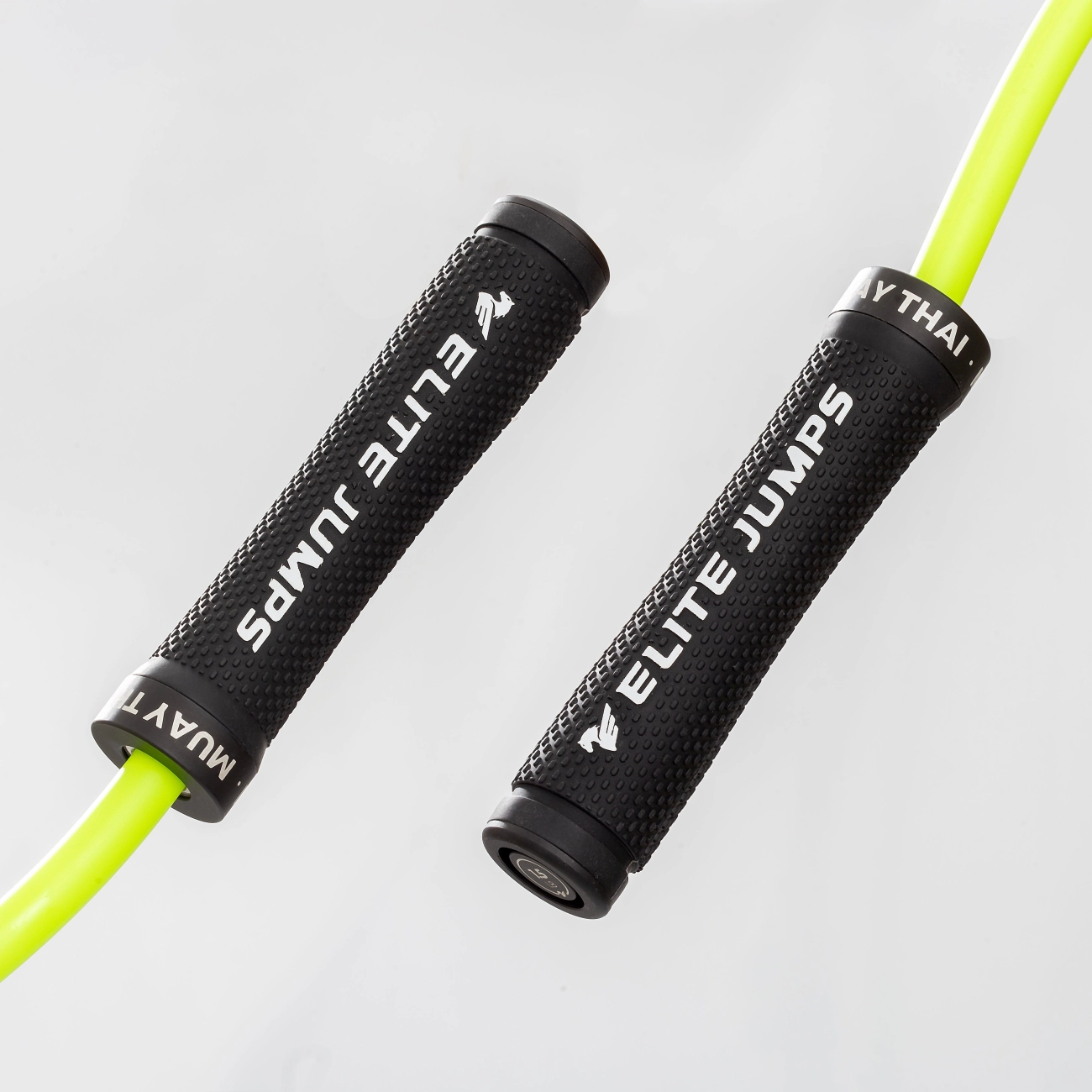
Jump rope training is a go-to workout for increasing stamina and cardio fitness, which are essential for any boxer. Jumping rope consistently improves your heart and lung capacity, helping you stay strong and energized throughout intense rounds in the ring. This means you can keep up a high pace without gasping for air.
Besides cardio, jump roping is excellent for muscle toning and leg strength. The constant jumping action works your calves, quads, and hamstrings, making your legs more powerful and quicker on their feet. Stronger legs also mean better durability against fatigue and injury during fights.
Balance plays a huge role in boxing, and jump rope drills naturally improve your balance and reflexes. As you keep rhythm and adjust your foot placement, your body trains to stay stable and react faster. This quick reflex improvement transfers directly to dodging punches and maintaining solid footing.
In short, jump rope isn’t just about cardio—it builds the physical foundation boxers need for peak performance: stamina, muscle endurance, and sharper balance. This combination makes it a must-have in any boxer’s training routine.
How Jump Roping Enhances Boxing Skills with Technical Advantages
Jump rope training plays a crucial role in sharpening boxing skills by improving several technical aspects vital for success in the ring. When boxers practice regularly, they build foot speed and movement precision, which allows them to move quickly and efficiently during fights. This means being able to dodge punches, close distance, and create angles without wasting energy.
Additionally, jump roping strengthens hand-eye coordination. The rhythm of the rope helps boxers sync their hand movements with their footwork, an essential skill for landing punches accurately while staying mobile. This coordination also improves reaction time, letting fighters respond faster to their opponent’s moves.
Another often overlooked benefit is the improvement in rhythm and timing. The steady pace and beats of jump rope create a natural flow, which transfers over to smooth, well-timed combos and counters in boxing. Good timing can make the difference between landing effective punches or missing entirely.
In short, jump rope training develops:
- Foot speed and precise movement for quick positioning
- Hand-eye coordination to connect punches cleanly
- Rhythm and timing for better combos and defensive moves
This makes jump roping one of the best exercises for honing the technical skills every boxer needs.
Jump Roping as a Mental Training Tool for Boxers
Jump rope training goes beyond physical benefits—it’s a powerful mental exercise that builds focus and discipline, especially when you’re pushing through fatigue. In boxing, staying sharp mentally can be just as important as physical toughness. Here’s why jump roping is key for mental strength:
Boosting Concentration and Focus Under Fatigue
When you jump rope, especially during long or intense sessions, your brain must stay alert to maintain rhythm and timing. This helps:
- Improve your concentration, even when you’re tired or under pressure.
- Train your mind to stay sharp throughout the rounds of a fight.
- Build the ability to maintain focus on footwork, defense, and punch combinations when fatigue sets in.
Developing Discipline and Consistency
Jump rope workouts demand regular practice to progress. This routine builds:
- Mental toughness, pushing you to keep going even when it feels tough.
- Consistency in training habits, which transfers directly to boxing performance.
- Encourages a mindset of steady improvement, helping you stick to your training plan.
By using jump rope as a mental training tool, boxers sharpen not just their bodies but their minds, preparing them for both the physical and mental challenges in the ring.
How Often and How Long Should Boxers Jump Rope for Best Results
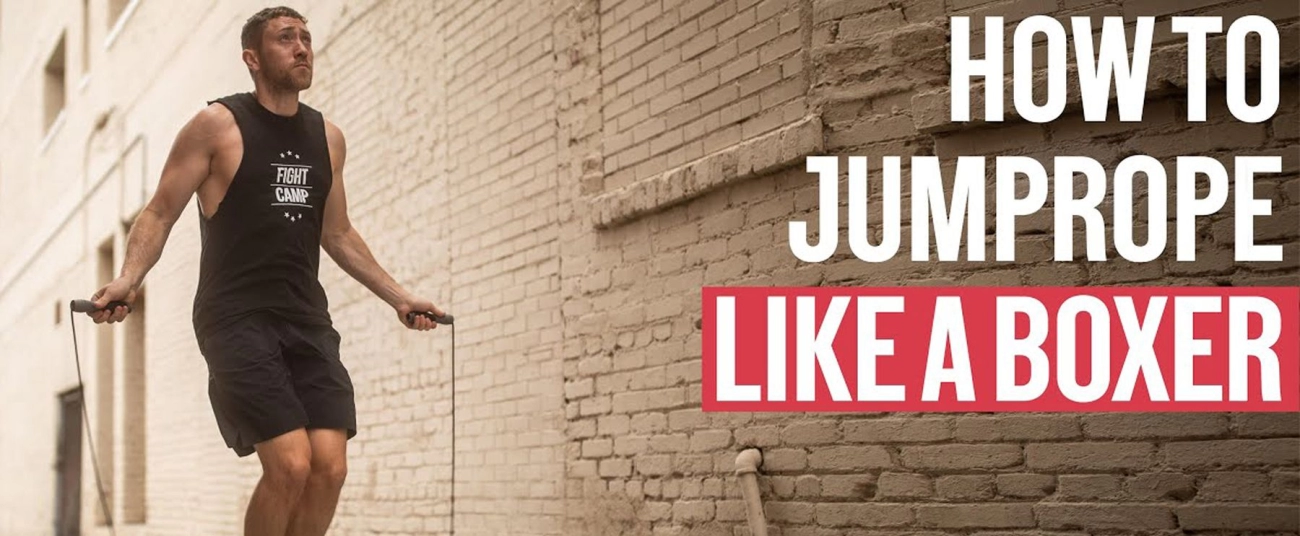
Jump rope training for boxers is all about consistency and progression. To build the cardio, footwork, and coordination that boxing demands, knowing how often and how long to jump rope is key.
Recommended Frequency for Jump Rope Training
For most boxers, jumping rope 4 to 6 times a week is ideal. This frequency helps improve stamina and agility without overloading your body. On rest days, lighter sessions or active recovery can keep your muscles engaged without burnout.
Session Duration Guidelines
- Beginners: Start with short sessions around 5 to 10 minutes. Focus on learning basic jump rope footwork drills and breathing control.
- Intermediate: Increase to 15 to 20 minutes per session, adding in alternate foot jumps or double unders to challenge your coordination and endurance.
- Advanced: Aim for 20 to 30 minutes or more, mixing up high-intensity intervals and steady-state jump rope endurance training to simulate fight conditions.
Progressions from Beginner to Advanced
Building up jump rope workouts gradually is important to avoid injury and maximize benefits:
- Start slow: Get comfortable with timing and rhythm using basic bounces.
- Add variety: Introduce different jump styles, such as alternate foot or boxer skip.
- Increase speed: Work on foot speed and precise movement to sharpen your boxing footwork.
- Include intervals: Alternate fast-paced jumping with short rest periods for improved cardiovascular fitness.
Consistency is essential. Like any boxing exercise, jump rope workouts become more effective over time when done regularly with thoughtful progression.
By sticking to this frequency and gradually increasing session duration and intensity, you’ll notice better foot speed, improved cardio, and sharper boxing skills.
Choosing the Right Jump Rope for Boxing Training
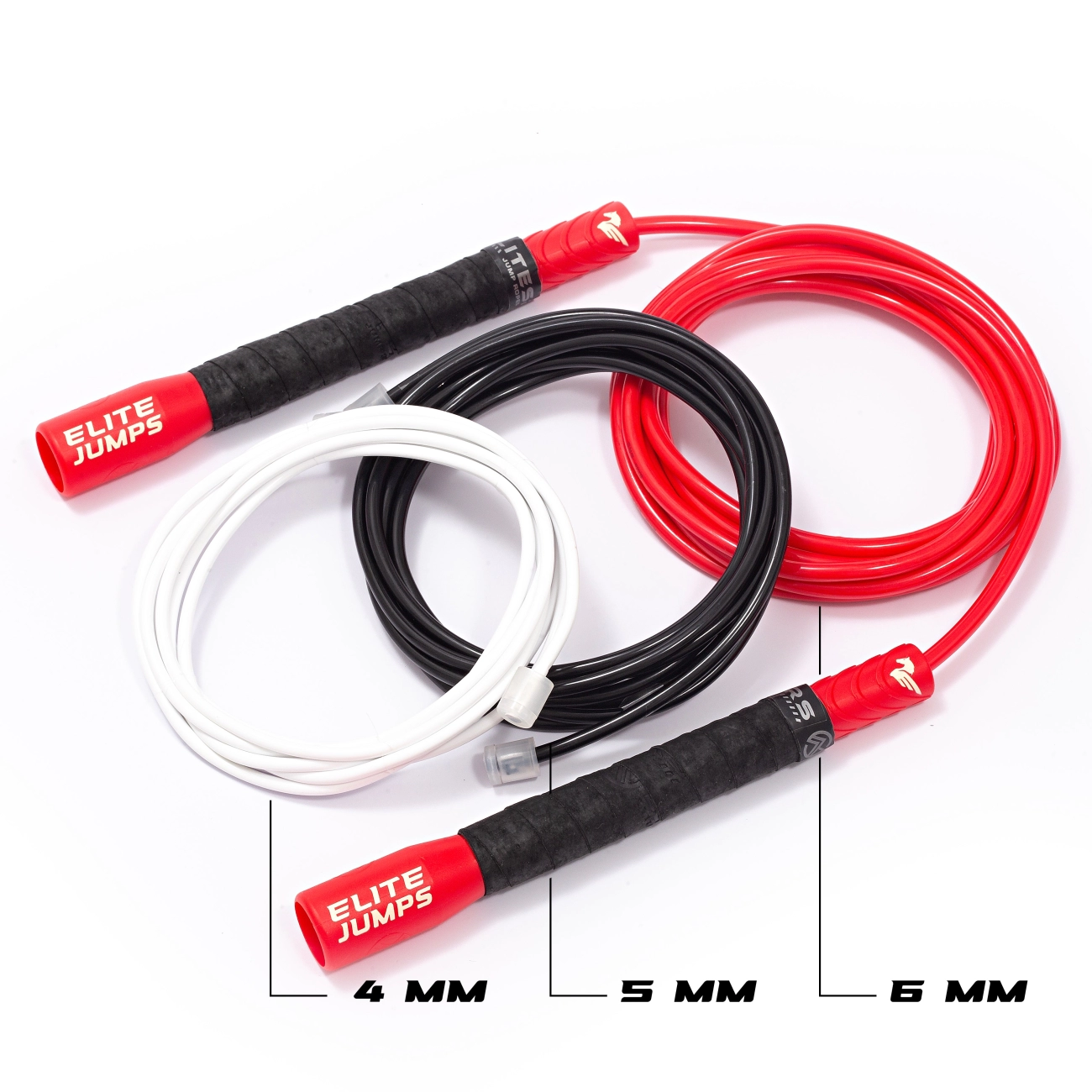
When it comes to jump rope training for boxers, quality matters a lot. A jump rope that’s durable and made from the right materials can make a big difference in your workout and overall performance. Many boxers prefer PVC ropes because they offer the perfect balance of speed, weight, and toughness.
Why PVC Jump Ropes Are Ideal for Boxing
PVC jump ropes are a top choice for boxing jump rope workouts. They’re:
- Lightweight but durable, which means they spin fast for quick footwork drills without breaking down under intense use.
- Smooth and flexible, making it easier to maintain rhythm and timing—two key elements in boxing jump rope training.
- Resistant to wear and tear, so they last longer whether you train indoors or outside.
At PVCJumpRope.com, we specialize in manufacturing high-quality PVC jump ropes designed specifically for the demands of boxers and athletes. Our ropes offer consistent swings, solid grips, and great durability to support your endurance training and footwork drills.
Tips for Selecting the Best Jump Rope Size and Style
Picking the right jump rope size and style can improve your efficiency and reduce frustration during training. Here’s what I recommend:
- Length: Stand on the middle of your jump rope with one foot. The handles should reach your armpits. This length is ideal for control and speed.
- Handle grip: Look for handles that fit comfortably in your hand and have a good grip texture to avoid slipping during intense workouts.
- Weight: Choose a rope weight based on your training goals. Lightweight ropes are great for speed and agility, while slightly heavier ones help build strength.
- Style: For boxing, a basic PVC rope with ball bearings is often best. It allows quick rotations and smooth movement without getting tangled.
By investing in a quality PVC jump rope like those from PVCJumpRope.com, you’re setting yourself up for better footwork, improved cardio, and longer-lasting gear that keeps up with your boxing routine.
Tips to Maximize Your Jump Rope Workouts Like a Boxer
To get the most out of your boxing jump rope sessions, it’s crucial to focus on proper preparation, technique, and injury prevention. Jump rope training for boxers isn’t just about jumping; it’s about maximizing cardio, footwork drills, and rhythm while staying safe.
Warm-up and Cool-down for Jump Rope Workouts
Start with a gentle warm-up to prepare your muscles and joints for the workout ahead:
- Light jogging or marching in place for 3-5 minutes
- Dynamic stretches focusing on calves, ankles, and shoulders
- A few slow jump rope rotations without jumping to loosen the wrists and get the rhythm going
End with a cool-down to reduce muscle stiffness and promote recovery:
- Slow jump rope for 1-2 minutes, dropping intensity gradually
- Static stretches targeting calves, hamstrings, quads, and shoulders
- Deep breathing exercises to lower heart rate
Key Jump Rope Techniques Every Boxer Should Master
To enhance your boxing exercises jump rope routine, try these essential techniques:
- Basic bounce: The foundation of all jump rope workouts; keep feet together, jump just a few inches off the ground, and maintain a consistent pace.
- Alternate foot step: Mimics a running motion, improving foot speed and agility, essential for boxing footwork drills.
- Double unders: Rope passes twice under your feet per jump; great for increasing cardiovascular endurance and coordination.
Experimenting with these techniques improves rhythm, timing, and endurance in line with boxing jump rope benefits.
Avoiding Common Jump Rope Mistakes and Injury Prevention
To prevent injury and get the most from your jump rope sessions, watch for these common mistakes:
- Jumping too high wastes energy and strains your calves and knees. Aim for low, quick jumps.
- Landing heavily on your heels or flat-footed can cause joint pain. Land softly on the balls of your feet.
- Poor rope length or quality makes skipping harder and can lead to tripping—choose a durable, well-sized jump rope like a PVC rope.
- Ignoring fatigue and form breakdown increases injury risk. Slow down or take breaks when necessary to maintain good technique.
Investing in the right gear helps, too. Our adjustable PVC jump ropes (check them out here) are durable, smooth, and perfect for boxing jump rope training.
By warming up properly, practicing key techniques, and avoiding common mistakes, you’ll maximize your jump rope workouts like a boxer and gain the full benefits of jump rope for cardio and agility.

